My FM-77AV20EX comes with BASIC built onto a system ROM, which makes it fast to load up BASIC and play around, and you don’t need anything else to get started using the system. But the BASIC it comes with has a big limitation: you can’t access disks or perform operations on them. This means you can’t format a disk, and while most games that make use of a data disk or save disk include a format utility, I’ve run across at least one that does not. The result was that I couldn’t play the game.
To perform operations on disk from BASIC, you need to get the “disk version” of BASIC. This is included as one component of the FM-77 System Disks set. This is so rare that I didn’t even know to look for it until it suddenly appeared in my recommended items list on Yahoo Auctions. Long story short, I just paid whatever was necessary to get it. That price was about 12,000 yen. Yikes. Let’s see what I got:
Yep, three disks, one of them blank. What a bargain! We have F-BASIC 3.0 and FM-Logo 2.0. I was willing to pay whatever the final price was, because I planned to copy them and sell them back on Yahoo Auctions later, presuming I could get almost all of my money back. Well, I only managed to sell them for 8000 yen (minus Yahoo’s fees, so nearly 7300 yen pocketed). That means I ended up paying about 5000 yen for two copied disks! I made backups and then backups of the backups, just in case.
But let’s see what we get here. It’s kind of neat. Do you remember Logo? I barely did.
Mouthy program. But I used Google to jostle my memory a bit.
The BASIC disk comes with, of course, the BASIC programming language, as well as some utilities. For example, the disk formatting utility which is basically the reason I bought this to begin with! But beyond that, it also came with a F-key command definition tool and a paint program that I don’t seem to be able to use at all, perhaps because I need a special mouse?
The BASIC disk also came with a demo of the system. Actually this was made for the FM-77, but mine is the FM-77AV20EX, so the demo works but doesn’t really demonstrate the full capabilities of the system I have it running on.
And there we have it! 5000 yen for copies of this. Welp, can’t win them all! Don’t get me wrong, it’s kind of a neat collection and I enjoy perusing the disk, just quite a chunk of change for what it is. Actually I want to find some way to get copies of this to people who need it, perhaps just have people ship blank floppies inside a postage-paid return envelope, so people don’t need to drop big yennage just to get these simple tools. But I’m not sure how I’d put that plan into action.
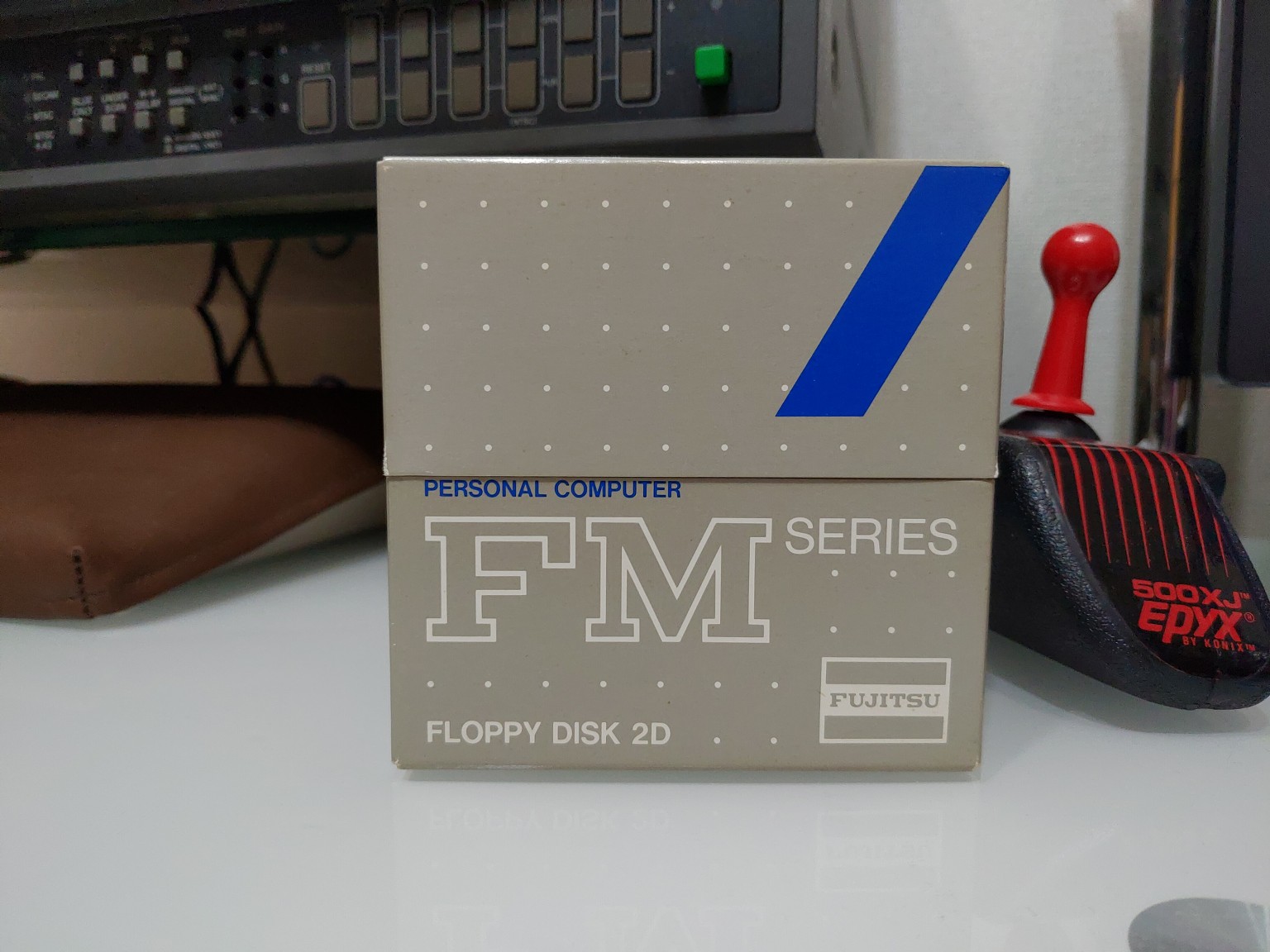
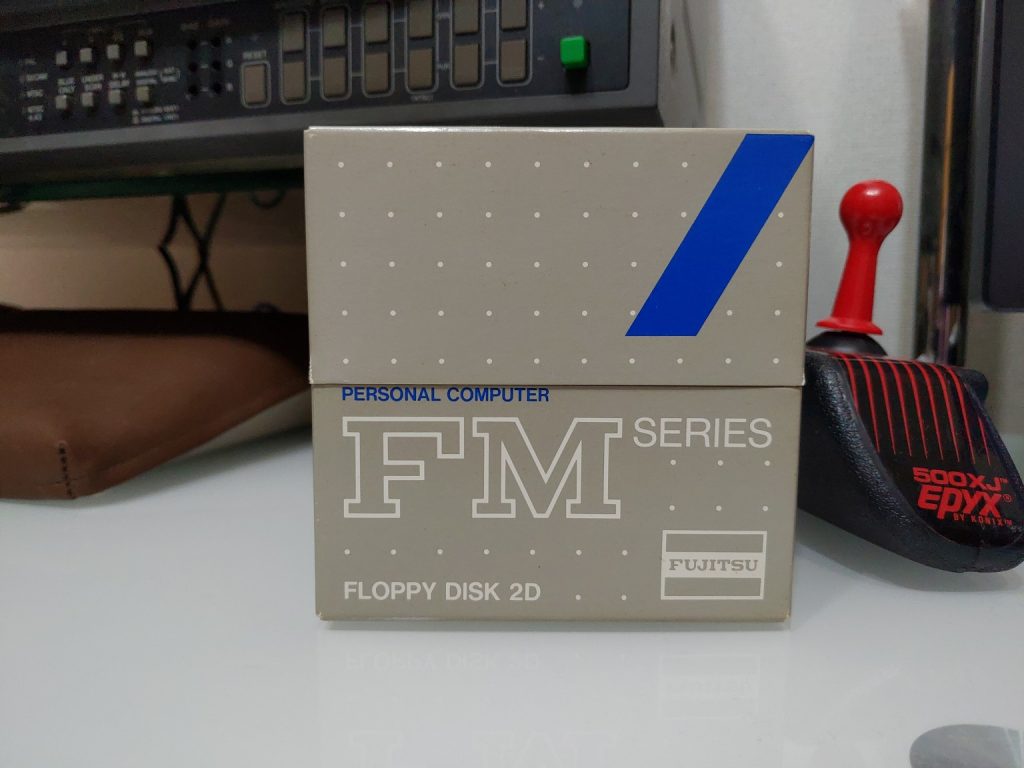
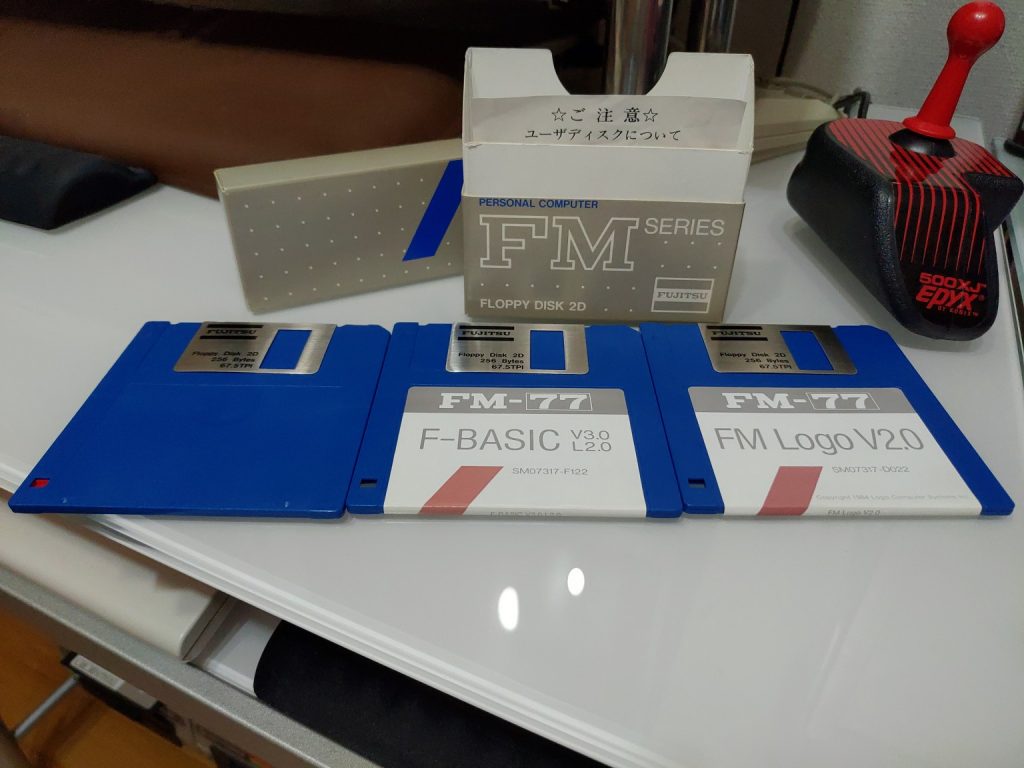
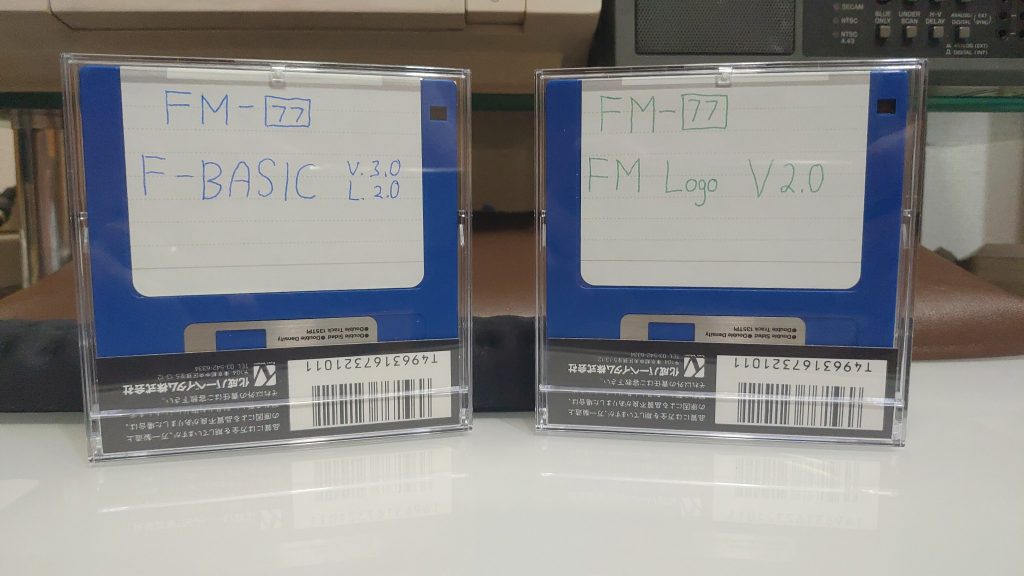
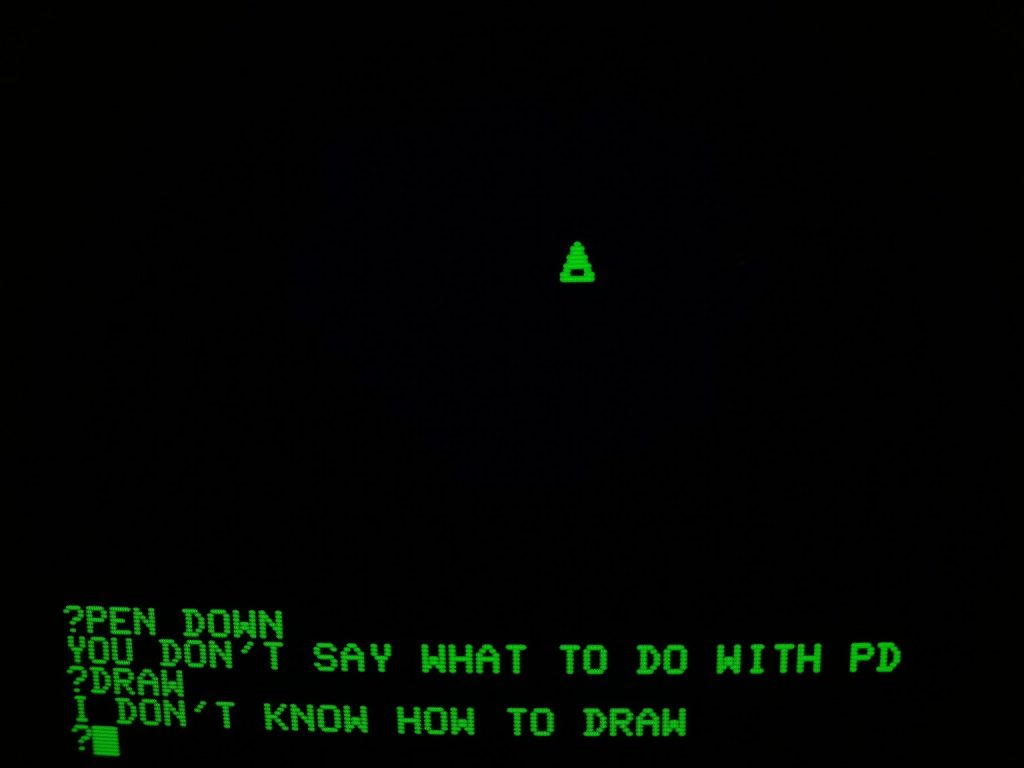
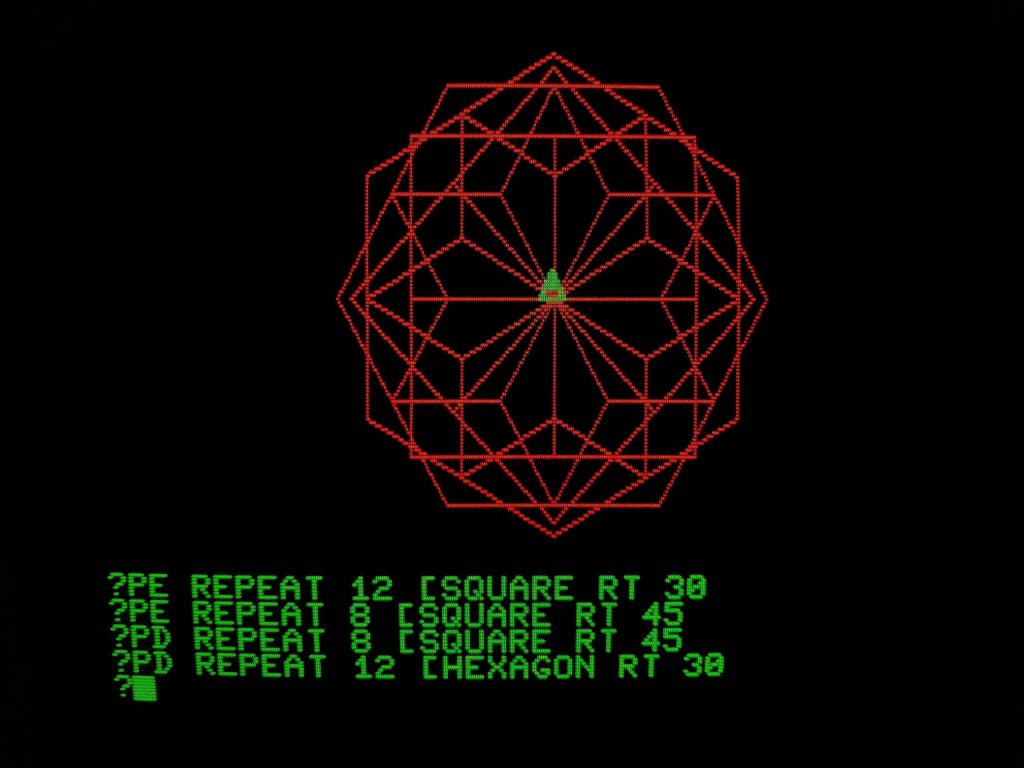
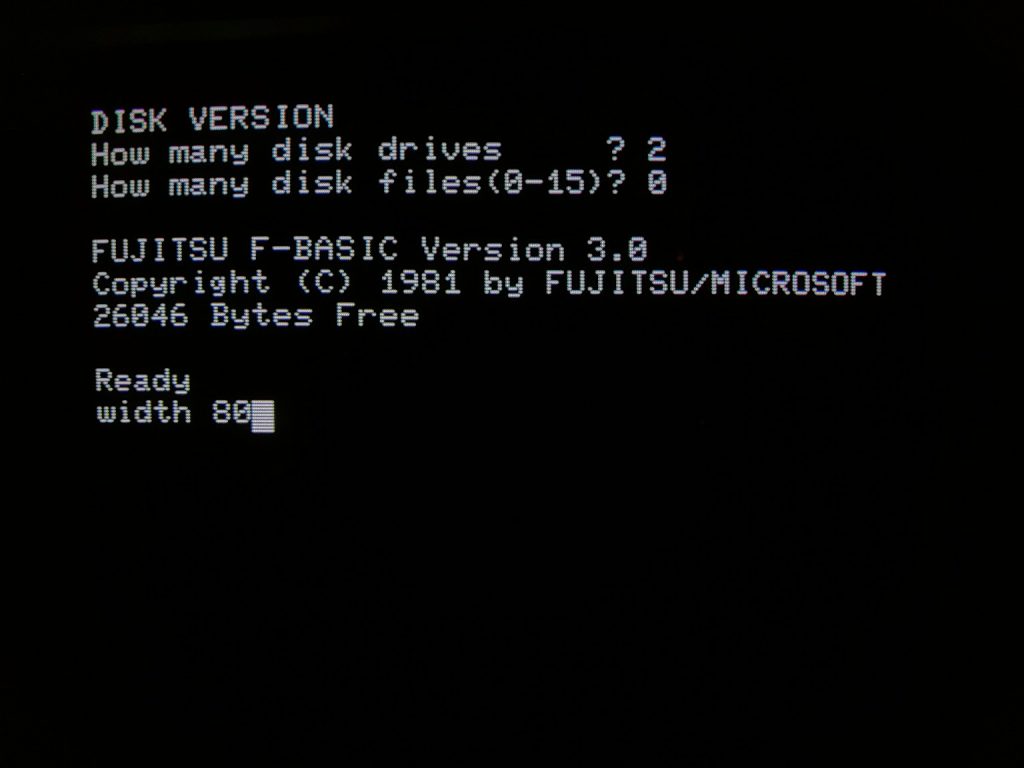

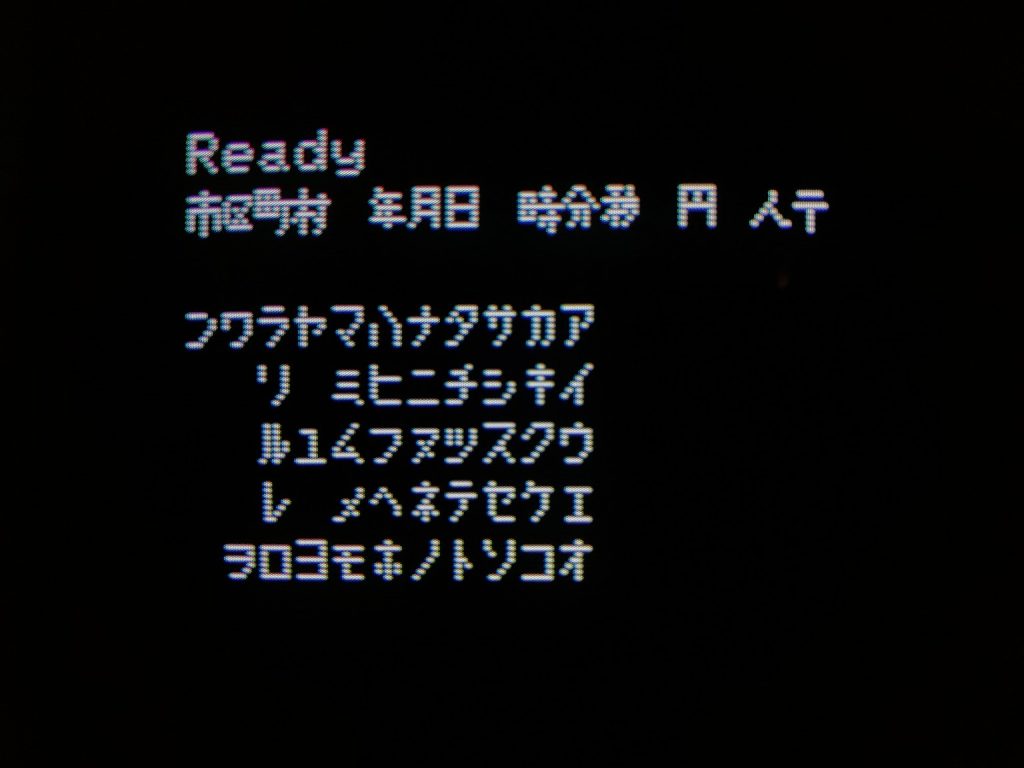

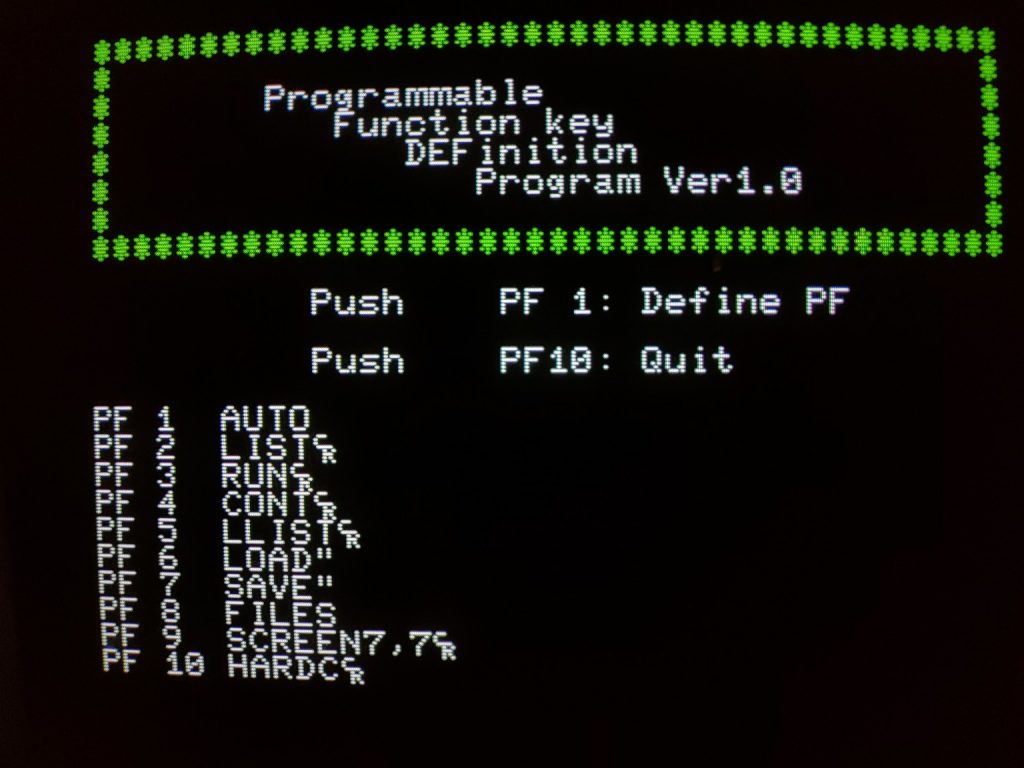

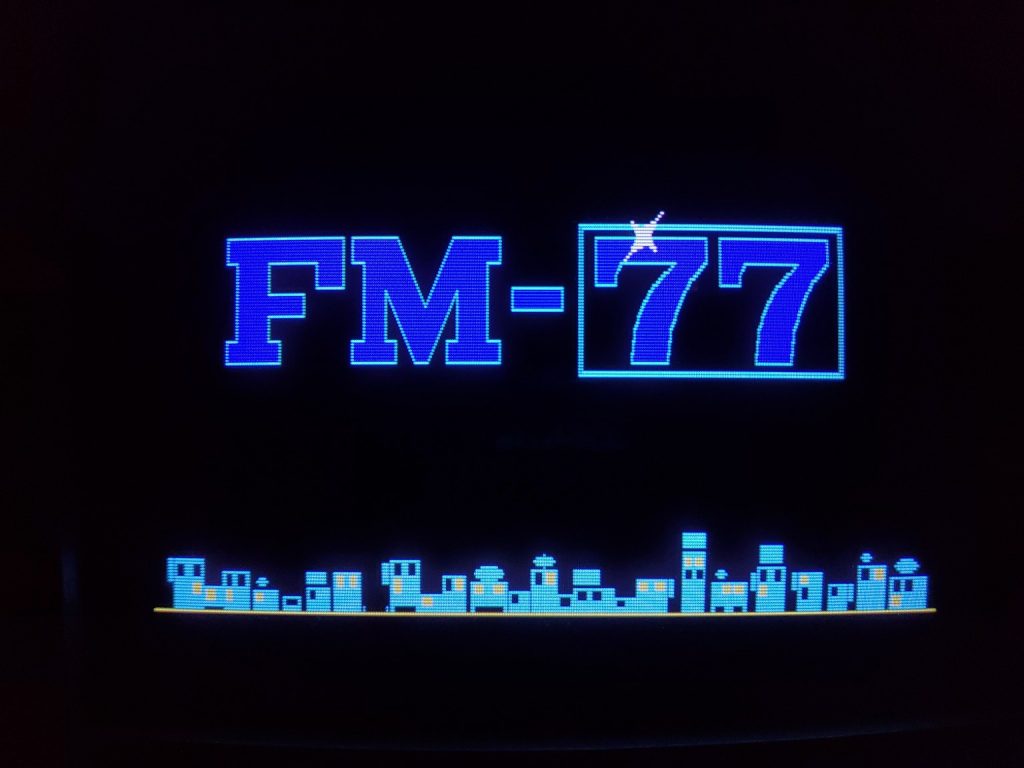

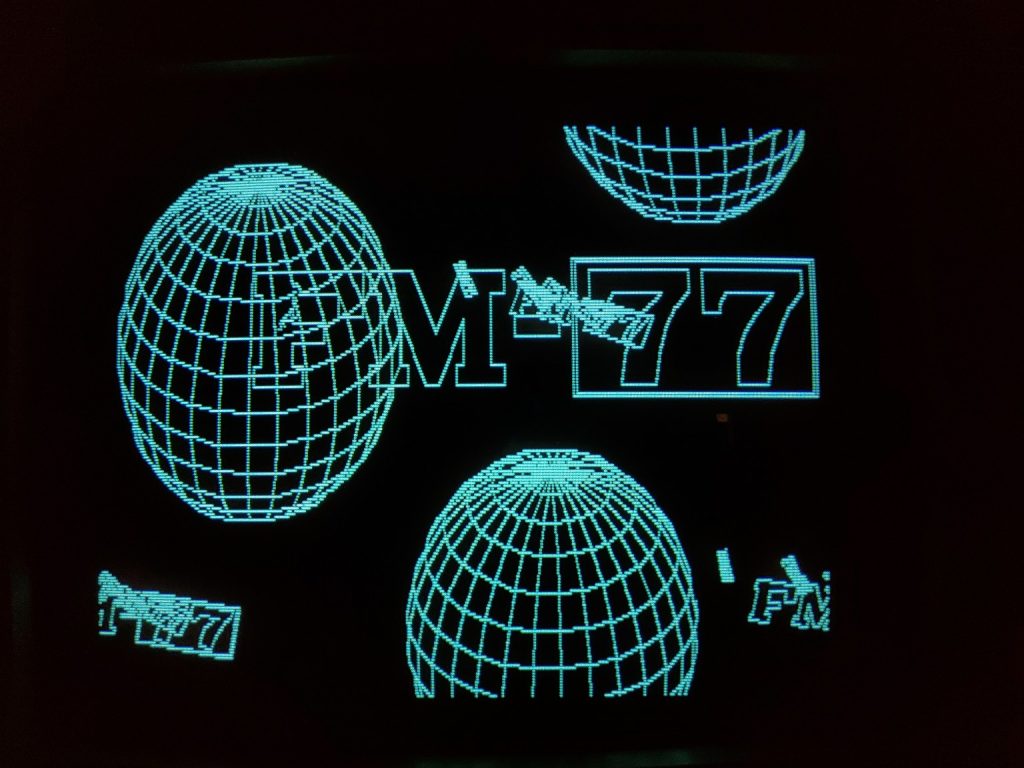
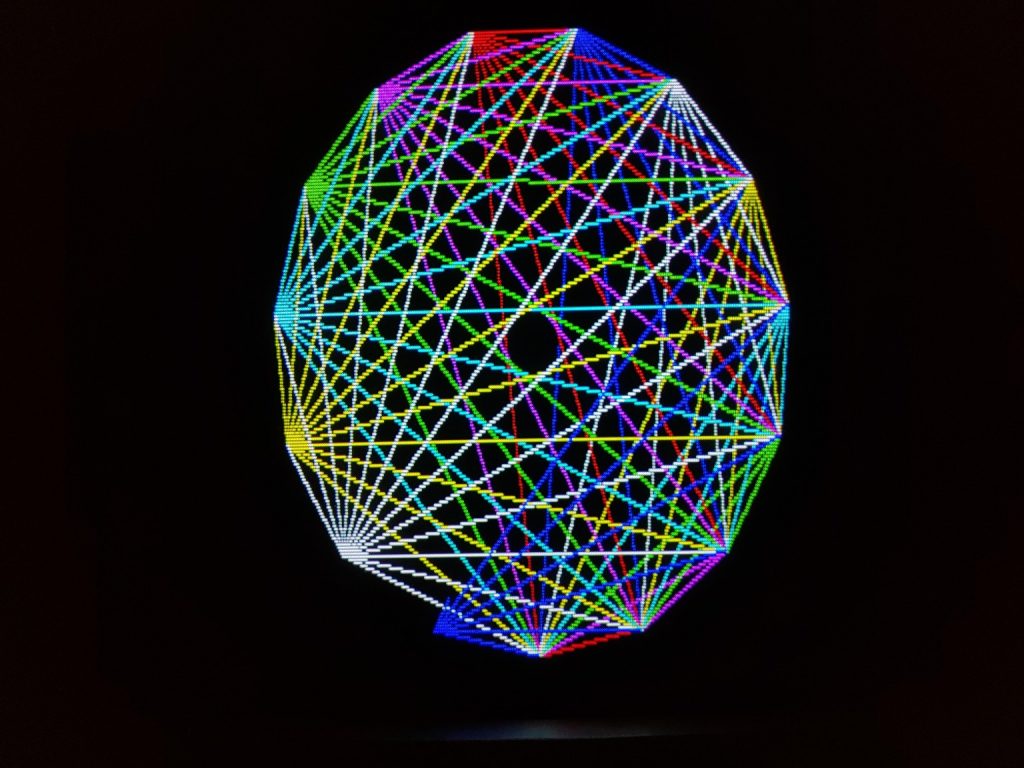
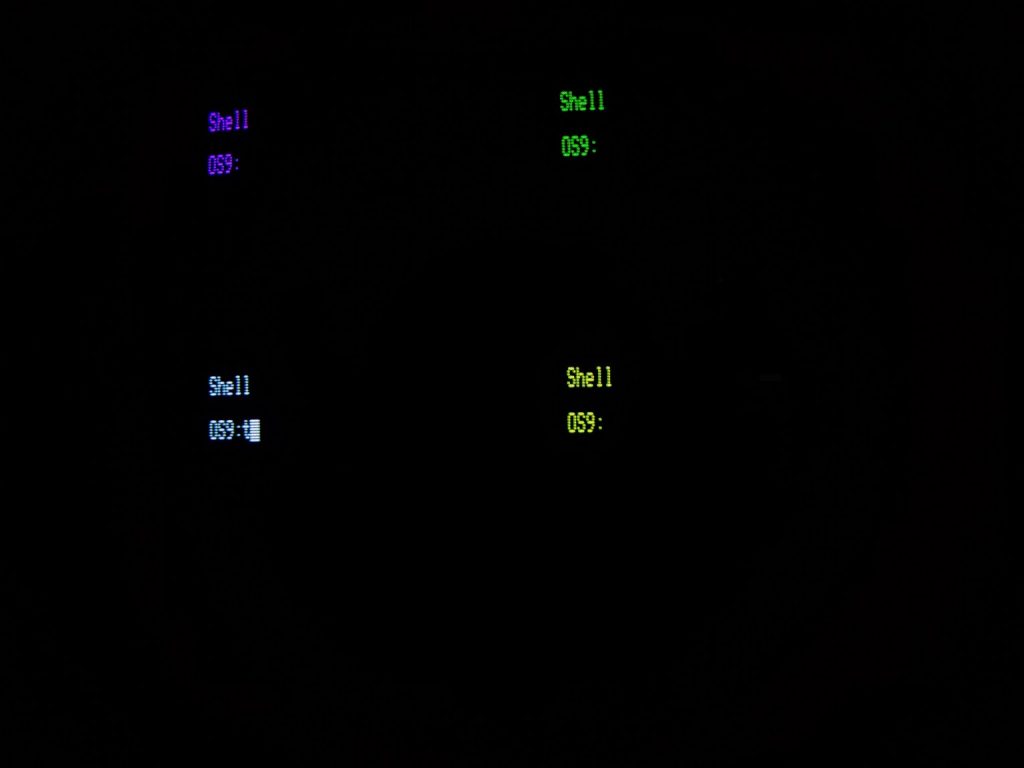


Logo is a huge find! I read through the Apple Logo II Reference Manual a couple of months ago, and between that and playing with some BASIC on my old computers recently I’d forgotten how much better and easier Logo is than BASIC.
As well as getting rid of that damn line numbering, Logo offers proper procedures, with arguments, their own variables, and return values. This means that you don’t have to remember every variable name you’ve used throughout your entire program to make sure you don’t accidentally reuse one in a subroutine and trash the values the caller was using, and remember which variables a subroutine sets if it needs to return a value.
The manual works best to read if you download the “PDF with Text” version, which is not only much smaller than the straight PDF scan but can also be searched and text copied. (The photographs are lower quality, but there’s only one on the title page, so that’s no big deal.)
I have a copy of Logo for the FM-77 (7 also, perhaps, if you have a disk drive). I can get a copy to you sometime.
There may be a lot to say about Logo from a structural standpoint, but the problem is it’s about as limited as a Spirograph! Don’t get me wrong, Spirograph was cool, though. Line numbers became something of a crutch for me. I had no experience in programming outside of BASIC, and suddenly I started doing PHP. “It’s even POSSIBLE to program without line numbers?” I thought.
Hmm, though. I guess I’d only seen Logo through a turtle graphics lens before. Maybe the C64 version only did the graphical stuff? Or maybe I only read the first chapter. 😉 Anyway, I see it has quite a bit more available to it.
Apparently some software called “Logo” was really just simple turtle graphics software rather than the real Logo programming language. That would be pretty misleading, like a “BASIC” that had only
COLOR,PSET,LINE,CIRCLEandPAINT, and was missing variables, string functions,IF,GOTO/GOSUB, and all the rest.I don’t know exactly what facilities the FM-77 Logo provides, and I can’t seem to find a manual for it. (Let me know if you find a link to one.) But real Logo, which is actually a language similar to LISP, is not limited at all and is far more powerful and easier than BASIC. You can get a sense of this and see some sample code (including a comparison between Logo and BASIC) in Why Logo? in the August 1982 BYTE magazine. (That issue has a lot of other articles on Logo as well.)
Over time, I’ll have much more to say about better alternatives to BASIC on 8-bit computers! But having a look at Logo as a programming language, rather than a “turtle graphics language,” should get you started.